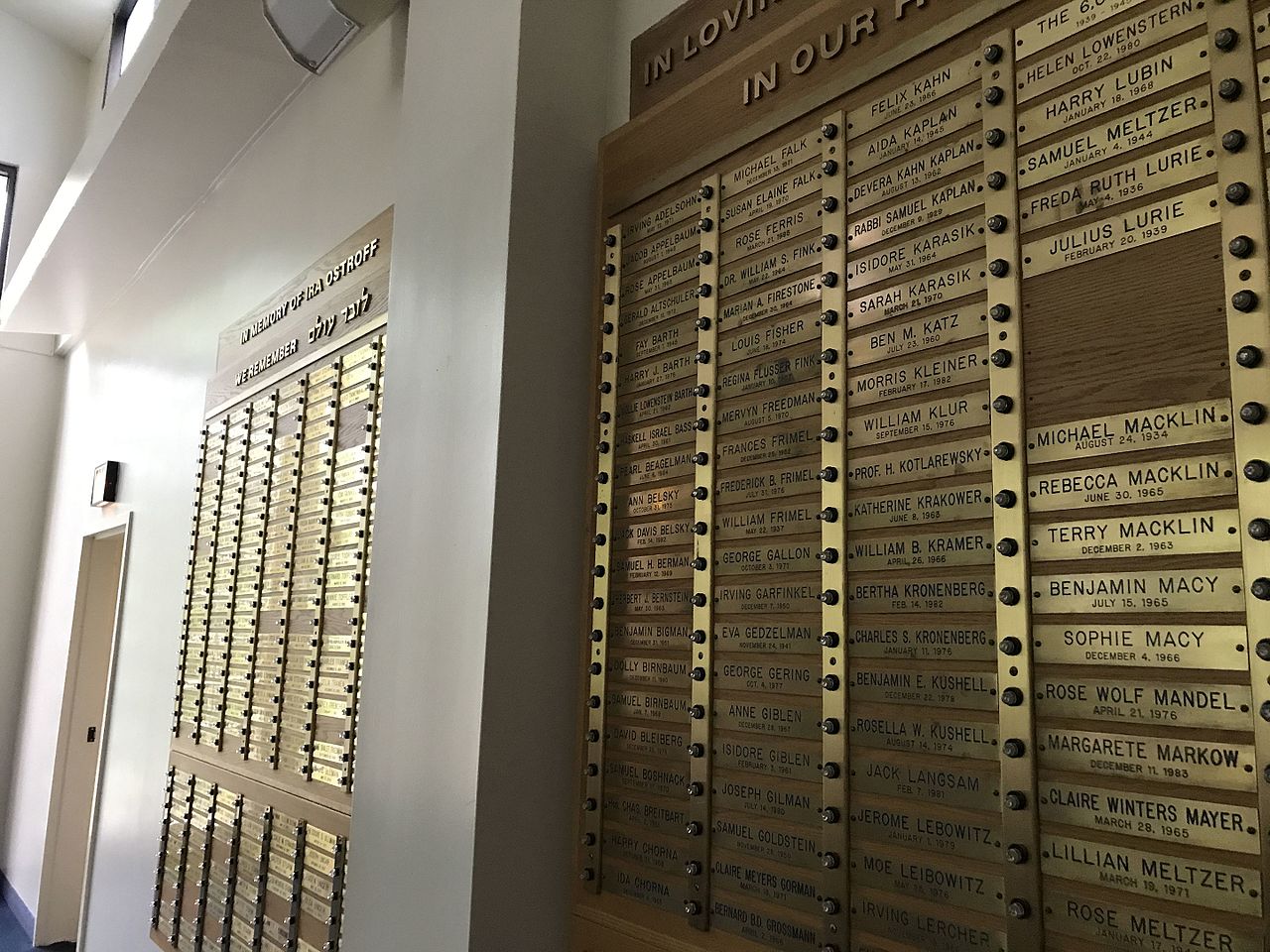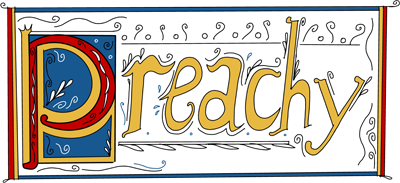
What a Zoom Funeral Taught me about my Faith
In December 2020, my cousin died. Mourning, particularly in the time of Covid-19, is a complicated affair. Scant few people could attend the funeral, while hundreds attended virtually — including me.
I was on my couch, and the gas in my building had been turned off due to a leak. I was freezing, carrying small space heaters with me as I moved around the apartment, plugging them into various outlets. As I sat swaddled in two sweatshirts, enjoying the feeling of my computer warming my lap, I considered how surreal the moment felt.
I loved the person we were there to virtually mourn. Her passing at age 79 marked the loss of one of the last living members of my family’s oldest generation. She was technically my first cousin once removed, my late grandfather’s niece. She was a uniquely kind human filled with constant energy, good vibes, and a ready smile. Although we lived on different coasts, I identified with and felt motivated by her drive to try and see everything.
Sitting there in my cold apartment, I considered the last time she had visited from California, her hair growing back between chemotherapy sessions, her memory clear and sharp as she answered questions about our family history. She happily told stories that we loved to hear but never thought to write down. I felt the heaviness of that loss.
But mostly, in that moment, I felt detached from the proceedings. I listened from my couch, zoning out, feeling numb. The rabbi spoke about my cousin’s closeness to God. While I appreciated the help that may have given those who needed it, the idea was a little lost on me.
It was then that I learned about a tradition I had never heard of before. At the end of a Jewish burial service, it is common for attendees to form two lines facing one another. The immediate family of the deceased then exits through this human walkway, led out of the cemetery to their cars and on to their next stage of mourning.
My ignorance to this act wasn’t particularly shocking. My brother and I were raised in a secular household by a Jewish mother and a Catholic father, neither of whom felt very attached to religion. Growing up with my mother’s side of the family, our Jewishness felt important, but as a culture, not a practice. The history, the food, the stories, the jokes; it was not a connection to God but a connection to each other. A comfort in each other.
As such, there were a lot of religious practices that I never experienced or simply ignored. But I was instantly hooked on this line-dance formation tradition the first time I heard it, seated alone in my living room during a pandemic.
The Zoom funeral process is a dystopian affair born in the era of Covid-19. Intended to allow friends and family to participate from the safety of their own quarantines, it is unsurprisingly bizarre. I had joined from my work laptop, and the funeral title blinked-in right where the words “Interdepartmental Programming Meeting” had hovered just a half hour earlier.
The event was streamed through someone’s phone clipped onto a tripod. The rabbi, a young woman, presided over the graveside ceremony, speaking simultaneously to a handful of masked in-person attendees and over 200 floating faces peering out from their virtual boxes. She projected well and knew her angles.
Camera off, I scrolled through the pages of attendees, finding the people I knew, examining those I didn’t. In one square there was an elderly man in his kitchen, immaculately dressed in a full suit and tie. In another, a young couple held hands awkwardly. Framing seemed to be difficult for many, their faces too close and over to one side, or too far and obscured in shadow. Digital backdrops were oddly popular: a sunset, the Sydney Opera House.
Mostly, everyone remained focused and respectful. Many were crying. But we were muted, and this forced silence also gave us the freedom to multitask. I watched someone answer a phone call mid-prayer. People ducked off-frame to take care of invisible chores. I kept stealing glances at my work Slack channel notifications. And who could blame us? Laggy wifi makes it hard to feel connected to each other, let alone to life or death.
But when we came to the end of the service and the rabbi described the exit tradition, I suddenly regained my focus. In this tradition, the outside world, harsh in its ability to mundanely continue as someone struggles with a shattering loss, can become background noise. Phones ringing and horns honking and discussions about lunch can all just fade away as loved ones create a space in which those hurting the deepest are sheltered.
She recited the prayer that we were meant to utter while standing there together. “Ha-makom y’nachem etchem b’toch sh’ar aveilei tzion vi-rushalayim.” It means, “May God (or the God or the Almighty) comfort you among the mourners of Zion and Jerusalem.” By attending virtually, we were unable to form this protective layer or offer these words. I watched the small number of in-person attendees shuffle slowly out of frame, exposed to the world.
For the first time during the streamed event, I felt a full wave of sadness. I was angry at the pandemic year that had been stolen from my active, bright, brave, world explorer cousin before she died, the year stolen from those closest to her. I was angry at the sight of these people having to see the world without us there to protect them. I started to cry.
At that moment, I longed to transport my body through the screen, to shout the Hebrew words that felt clumsy in my mouth. While I was hesitant to place my faith in God, I found myself desperate to offer what I had received from my Jewish culture. Connection. Support. Safety. Comfort. That was territory I was familiar with.
So I stood up anyway. I startled my dog and arched my arms in a way that I assumed no one actually did in this tradition but felt right at the time. I closed my eyes and spread my body wide and offered comfort to those who needed it. I imagined standing arm to arm in a dance line formation for people to walk through, shielding them not only from the pain of mourning loss but also from everything and anything this year had brought upon them.
And then I put myself in there too.
Now, months later, as the vaccine rollout continues and the light at the end of the tunnel appears to be growing ever brighter, I wonder if the Zoom funeral will remain. Whether discovering this strange process will actually become a silver lining of our 2020 isolation, a way in which someone halfway across the world can say goodbye to their loved one, even if they are unable to make the trip. But more so, I hope that no one ever has to walk unguarded with their grief again. That we will soon return to sharing loss outside the confines of a screen. To hugs, to hands held, to arms linked and skin brushed. To sitting around a small table with your loud, funny family. To comfort.
